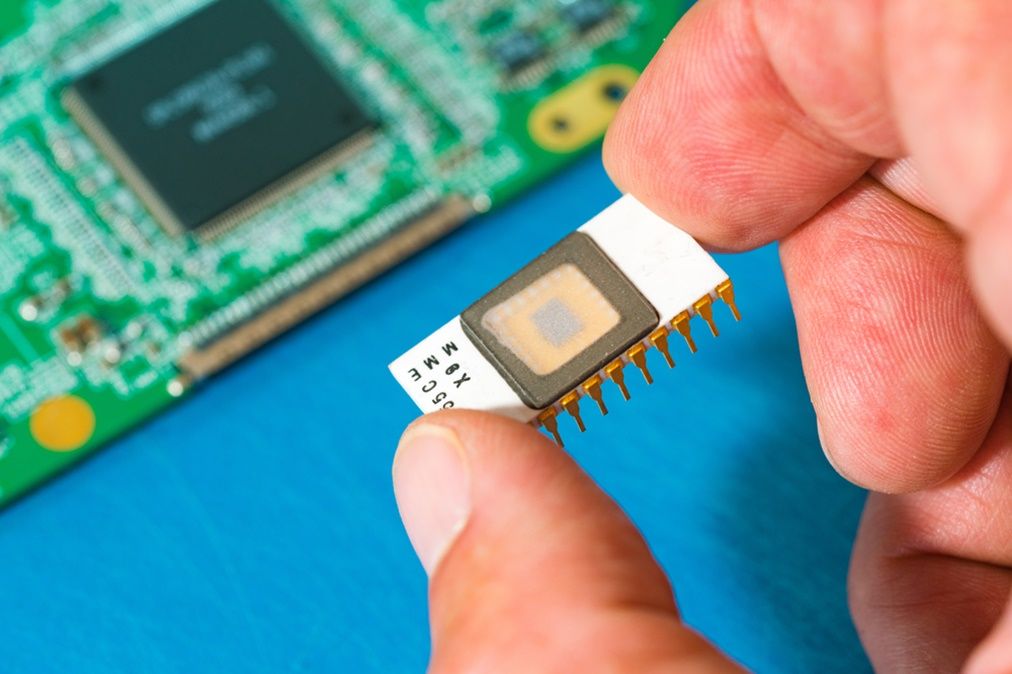How to Choose the Right Power Supply Solutions For Your Large-Scale Application
Choosing the right power-supply ICs can be a challenge for the inexperienced. In this article, we discuss how to choose power-supply ICs at the most basic level.
Why are power-supply ICs required?
The primary purpose of a power-supply IC is to regulate. The device takes an unregulated input voltage and then provides a regulated output voltage. The latter remains steady despite variations in the input current. This is also why they are referred to as switching regulators or linear regulators. The only exception to this basic definition is the standard charge pump. Based on the specific devices, the output of a charge pump can be either unregulated/regulated.
Sometimes they create regulated output voltages from regulated input voltages. In cases such as these, the regulator’s function is to alter the input voltage to a different voltage level, without improving the system’s voltage regulation. Sometimes people power a circuit without any regulator. For e.g., portable equipment may be powered directly from batteries.
However, this particular approach generally results in problems. The circuitry inside the portable equipment operates correctly only within a specific narrow voltage range. This is true with memory and microprocessors, especially if there is a requirement for high speed. For memory and microprocessors and other types of circuits, the voltage range over which batteries operate could extend far beyond acceptable levels.
Adding regulators ensures that the circuitry receives the accurate voltage. There are certain exceptions to the concept that a power-supply IC creates a voltage of a different magnitude than the voltage that’s fed to it. Transformer-coupled converters are one such exception.
It’s common to find transformer-coupled converters whose output voltage equal their input voltages. In most instances, the only purpose of a converter configured in this manner is to provide isolation. This prevents the formation of a DC connection between the input voltages supplied to that converter and the output voltages created by the system.
Linear regulator
This is often the smallest, generally the least expensive, and also the least noisy of the different kinds of power-supply ICs available. You should use linear regulators if they are appropriate for your specific application, because these circuits are more likely to function correctly the first time compared to ones that are built around other kinds of power-supply ICs.
Switching regulators
A switching regulator shares none of the advantages of a linear regulator. The former consumes a larger board area (except, in cases where the linear regulator needs a heatsink to dissipate any of the power lost inside it). It also generates more noise than its counterpart and costs more too. However, switching regulators have been extremely popular with large-scale power-supply designers. This is because the devices are more efficient when subjected to various combinations of load current & input voltage.
Charge Pumps
These are probably the least understood power-supply IC category that we have discussed here. They perform the exact same functions as a switching regulator but don’t have an inductor. Rather, they use capacitors to boost, invert or step down the voltages that are used to power them. These devices are available in both regulated and unregulated outputs.
The system you use will depend entirely on the application and setting it is to be installed in. If you want to know more about our power products and services, don’t hesitate to contact us at KaRaTec Power Supply Pty. You can give us a call at 612 9808 1127. You can also fill in this contact us form.
Thanks for reading,
Karatec Power Supply Pty
612 9808 1127







Sorry, the comment form is closed at this time.